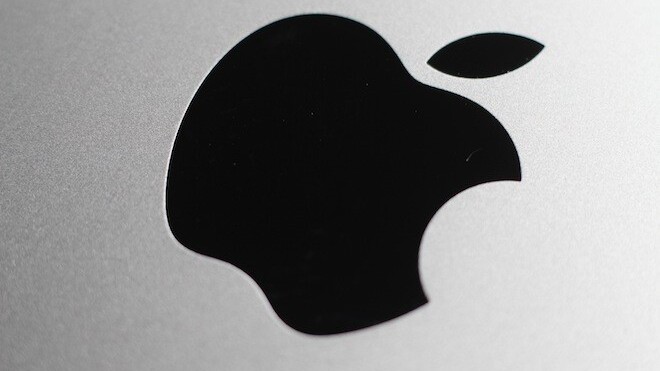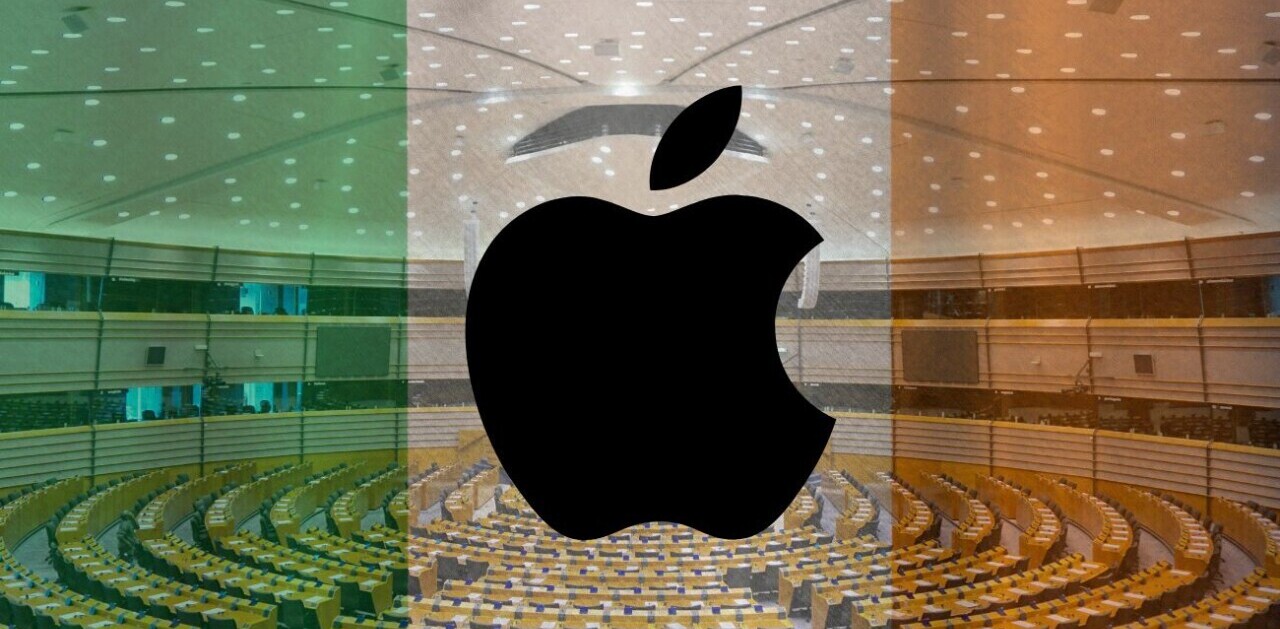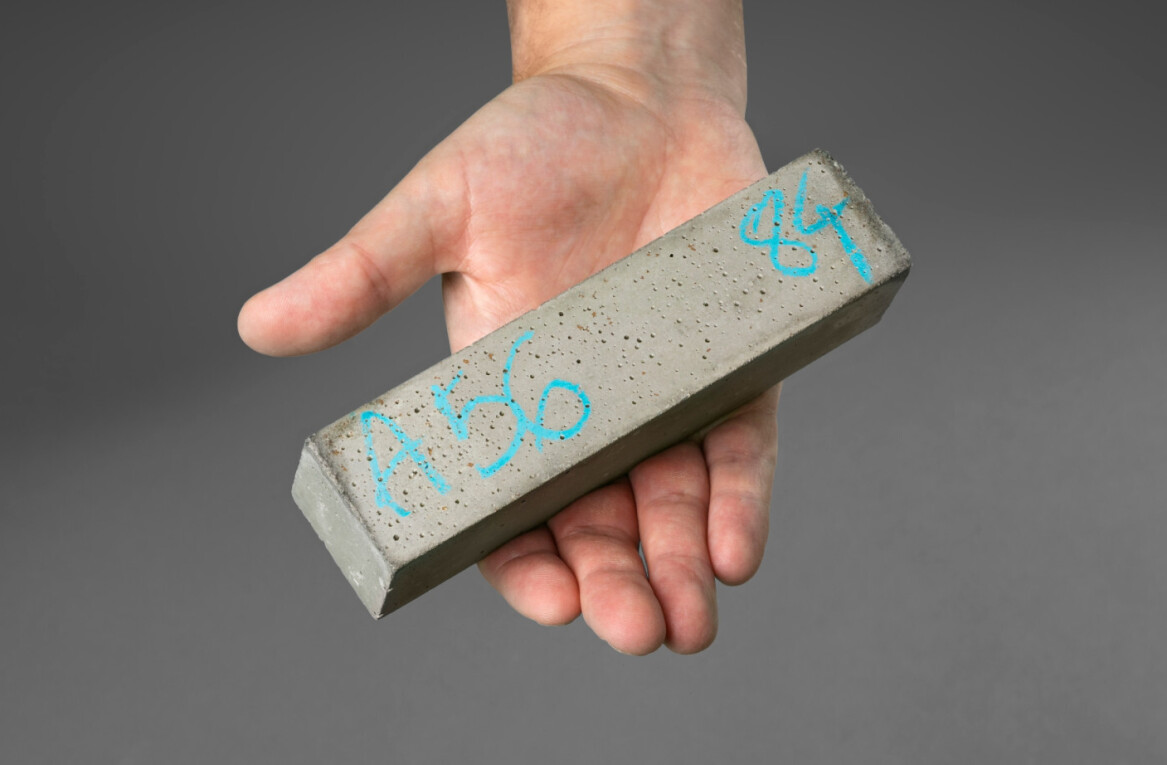
Recent rumors of Apple releasing a 7.85″ iPad have been compounded by Daring Fireball’s John Gruber, stating yesterday that he knew Apple had a working prototype of such a device in its labs. We found this to be relatively unsurprising, but it does raise some interesting questions about when we might see it hit the market.
There have been a couple of good pieces on the iPad ‘mini’ recently. Last week, Rene Ritchie of iMore ran the rumors down, and today a nice piece by Federico Viticci of Macstories takes you through some of the physical and philosophical issues surrounding Apple releasing a smaller, and likely cheaper, iPad.
He argues that Apple doesn’t release products unless they serve a specific purpose, and that there are some distinct technical roadblocks in place for such a device. For me, however, there is a simple logic to what Apple does or does not do that is even more basic than questions about logistics or usability.
There is one question that you always know Apple will ask: “Will this sell more stuff?”
Will it sell more stuff?
This is the question that many fail to ask when they’re talking about future Apple decisions. Apple is, first and foremost, a company that exists in order to make profit selling devices and services. In the end, almost any decision it makes can be tracked back to that end point. Probably even more so now that the still intense, but more analytical, Tim Cook is in charge.
Do you think Apple will add some feature like LTE to the iPhone? Answer the basic technical questions, of course, but then ask yourself…will this sell more iPhones? Yes, most likely.
Is Apple going to further alter OS X so it feels more familiar to users of iOS? Just ask if this will sell more Macs due to the halo effect of iOS devices. Yes, absolutely.
And not just ‘more’, significantly more. Numbers are crunched, zeros are penciled in. If they aren’t in the millions, then the question hasn’t gotten the right answer yet.
Yes, there are dozens of questions that Apple’s industrial designers ask themselves about how a product is coming together. They go over every detail, from the beveled edges of the dock connector hole to the feel of the exterior casing in the hand. This is why Jony Ive and his team are held in such high regard, there’s always a feeling of care surrounding the objects that they create. But the Apple product development process doesn’t stop at industrial design, or even software design — which is just as integral to Apple’s success.
Simply put, if Apple wants to prototype and build an entire product, it does so. From top to bottom, the product’s design is polished until it shines. You could likely walk into Apple’s labs and use a variety devices that appear to have been plucked off of the shelves of the Apple Store of the future.
At another company, the question of how many units it would sell might be asked up front. But Apple handles product development far differently than other companies. Designers are treated like royalty at Apple, where the entire product conforms to their vision. This the polar opposite of the way it works at other companies.
Instead of the design being beholden to the manufacturing, finance or manufacturing departments, these all conform to the will of the design department headed by Jony Ive. Designers at Apple have literally no contact with the finance departments at all and are considered to be unlimited in terms of the costs or manufacturing practicality of the materials used. The Industrial Design studio is the womb of all Apple products. It is where they are first generated and it is only accessible to a small number of Apple employees.
Once a product has exited that stage and comes under the review process of the executive team, then the questions about financial feasibility and whether the market is right for the product get asked. If the answer to the question is no, then that product will sit until the time is right. Much as the iPad did until the success of the iPhone made its production feasible.
At some point during the development of this smaller tablet, someone at Apple will pose the question “will this sell more iPads?” The answer to that question is what will determine when we’ll see a smaller, less expensive version. It’s the final gatekeeper.
When and why?
You’re not going to be able to accurately predict when Apple will release a smaller iPad by looking at how it handles the smartphone market. Tablets are another device category entirely that live and die on their own merits and succeed based on raw sales and profit margins, with little benefit from special carrier deals.
When a new technology is emerging on the market, you often see it appear in many devices at once. This is a pattern that has repeated itself in many consumer products like televisions, where you often see new display technologies like LCD or LED appear almost simultaneously across several manufacturers. This is largely because it takes an immense amount of investment to create and perfect new tech.
Therefore any manufacturer who puts the money into building the infrastructure to produce a new bit of technology reliably has a huge pile of cash to recoup and will attempt to do so by offering the technology to anyone who will pay.
Apple has reversed this, and instead of waiting for new technology it fronts the money for manufacturers to construct factories, purchase machines, train employees and perfect the process. It takes its repayment in the form of exclusive access to the tech for a given period of time and a discount on purchases for a period of time after that.
This means that tablet manufacturers like Amazon, Samsung, and Google’s Motorola, must compete with Apple on the same battleground that PC manufacturers did in the 90′s, only now the rules have changed. Apple has planned so well for the future that for once it has not only a great product, running solid software, but also the luxury of being unbeatable on price.
It also means that Apple has no imminent need to release a smaller iPad due to a competitor like the Kindle Fire or Barnes & Noble Nook, or any Android tablet for that matter. If Apple were to release a smaller iPad this year, it wouldn’t be for fear of competition.
Apple has operated insanely well in the mobile space since 2007 by improving its devices in an iterative fashion. Making slices and cuts here and there, adding features as they made sense and improving its offerings incrementally.
The market for tablets is largely untapped. The millions of iPads that Apple has sold so far is a drop in the bucket compared to how many it will sell over the next few years. The iPad is so dominant, in fact, that many people don’t even consider another tablet before purchasing one. So why does it need to release a cheaper, smaller flavor yet?
When doing so means capturing a big segment of the market that is proven not to be buying iPads because of their cost or size, that’s when.
Frankly, no other tablet maker in the world has yet to answer the question ‘why should somebody buy this instead of an iPad?’ using a convincing enough argument. The Kindle Fire is a start, but it’s largely a rush job. It won’t be until the Kindle Fire “2” gets here that we will see Amazon’s tablet business take off, or not.
If that happens, then you can bet Apple will ask itself the question again. “Will releasing a 7.85″ iPad mini sell a lot more iPads?”
If the answer is yes — and the number is a big one — then Apple will release it, but not before.
Get the TNW newsletter
Get the most important tech news in your inbox each week.




